UP TO THE MINUTE
Boosting efficiency with metal building solutions
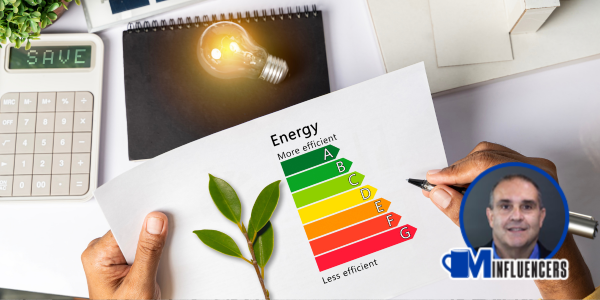
MCS Influencer John Kenney says in today’s construction market, energy efficiency is no longer a luxury. It’s an expectation.
Building owners, developers and residential clients increasingly focus on sustainability, long-term cost savings and compliance with stricter energy codes. When properly designed and implemented, metal building solutions offer contractors a powerful way to meet these demands. Metal systems are vital in reducing energy use and enhancing building performance, from insulation compatibility to solar readiness. For contractors, understanding and communicating these benefits is key to winning projects and delivering long-term value to clients.
Metal building systems are inherently adaptable to energy-efficient design strategies. Unlike traditional construction methods that require multiple steps and materials to achieve airtightness and thermal performance, metal systems often combine structure, insulation and finish in a more integrated, predictable package. This allows for tighter construction tolerances, fewer penetrations and reduced thermal bridging, contributing to better energy control.
One of the most energy-efficient options in the metal building space is insulated metal panels (IMPs). These panels have an insulating foam core sandwiched between two metal skins and provide continuous insulation across walls and roofs. Because they reduce or eliminate gaps and seams that allow air and heat transfer, IMPs outperform many traditional wall assemblies regarding thermal resistance and air tightness. IMP’s high R-values and ability to meet strict energy codes, like those in the International Energy Conservation Code (IECC), make them an excellent option for clients focused on efficiency.
Even when IMPs aren’t used, metal systems still support excellent insulation strategies. Rigid foam board, batt insulation and spray foam can all be installed within pre-engineered metal buildings or standing seam roofing systems to achieve or exceed thermal performance goals. When paired with proper vapor barriers and air sealing, these insulation types help control indoor temperatures more effectively and reduce HVAC loads and operating costs.
Metal roofing also contributes to energy efficiency through cool roof coatings. Most high-performance metal roofs have reflective finishes that reduce solar heat absorption. These “cool roof” finishes reflect sunlight away from the building, which lowers roof surface temperatures and helps stabilize indoor climate conditions, particularly in warm climates. Reflective metal roofing can contribute to significant reductions in cooling costs and may qualify for energy credits or utility rebates.
Another major advantage of metal systems is their compatibility with solar photovoltaic (PV) installations. Standing seam metal roofs are particularly well-suited for solar because panels can be mounted with non-penetrating clamps, preserving the integrity of the roof system. Metal’s long lifespan, often 40 years or more, also aligns well with solar system warranties, reducing the likelihood of needing a roof replacement before solar payoff. This “solar-ready” benefit is increasingly important as more clients seek renewable energy solutions.
From a sustainability standpoint, metal building materials also support energy efficiency by reducing waste and supporting long-term performance. Metal panels are often made from recycled content and are 100% recyclable at the end of their service life. They resist degradation from UV, moisture and pests, which helps preserve their thermal and structural properties over time. This durability adds to the building’s environmental performance and reduces the need for replacement materials.
So, how can contractors communicate these advantages to clients in a way that resonates?
The key is to translate technical features into measurable outcomes. Instead of just saying a roof has a reflective coating, explain that it can reduce indoor temperatures by several degrees and lower cooling bills by up to 20%. Don’t mention that a building meets the code; show how it exceeds baseline performance and leads to real cost savings over time. Use manufacturer data sheets, energy model comparisons and case studies to support your claims with complex numbers.
Visual tools are also powerful. Thermal images, before-and-after photos or drone videos showing metal roofs in action can help clients understand the system’s full performance. Many manufacturers and industry organizations offer ready-made marketing materials illustrating energy savings in commercial or residential applications.
Contractors should also position themselves as advisors, not just installers. During the planning or bidding stage, ask clients about their energy goals. Are they trying to lower utility costs, meet green building standards or prepare for future solar? Tailor your proposal to show how metal solutions support those goals. Helping a client see the long-term value of an energy-efficient envelope could be the factor that wins you the project over a lower bid.
Metal building solutions are not just about speed and durability but about performance. When paired with the proper insulation, cool roof coatings and solar-ready design, metal systems offer one of the most effective ways to construct energy-efficient buildings that last. This creates a unique opportunity for contractors to lead conversations about sustainability, differentiate from competitors and deliver tangible results that clients can see in their utility bills and bottom line.
The more you can educate and engage your clients on these benefits, the more value you bring to the project and the more trusted you become as a partner in smart, efficient building.





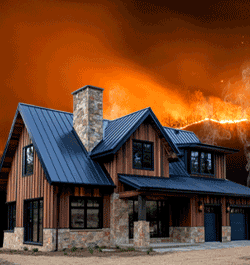

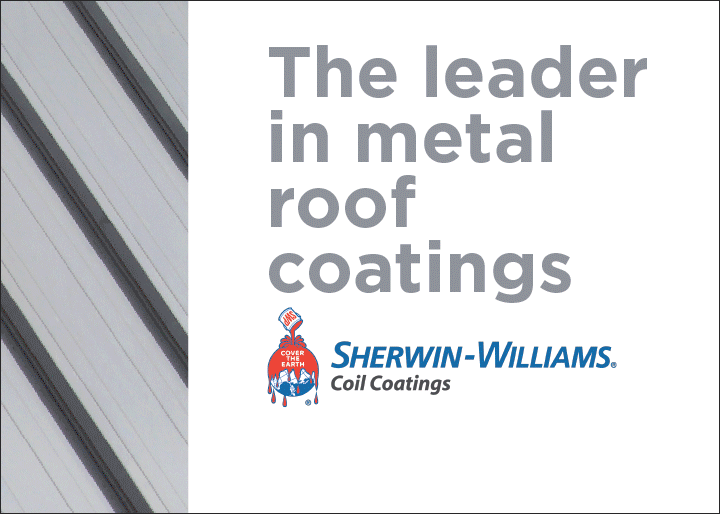
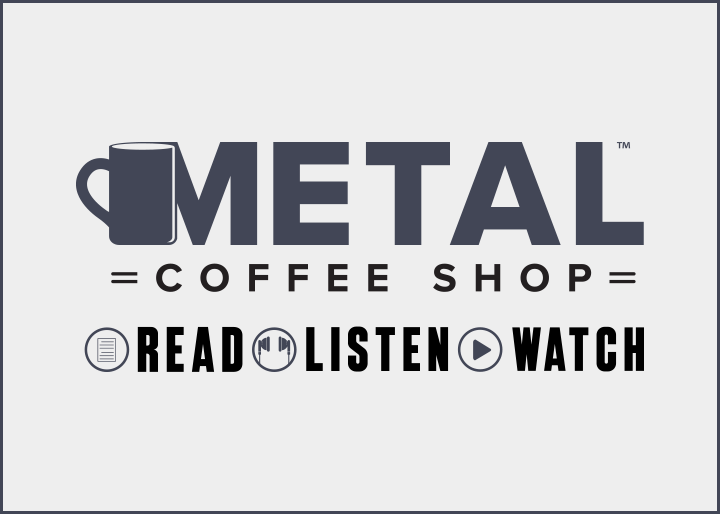

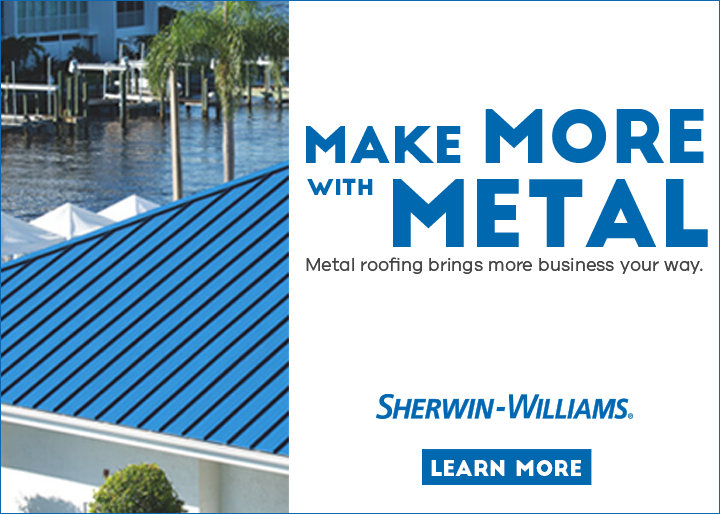
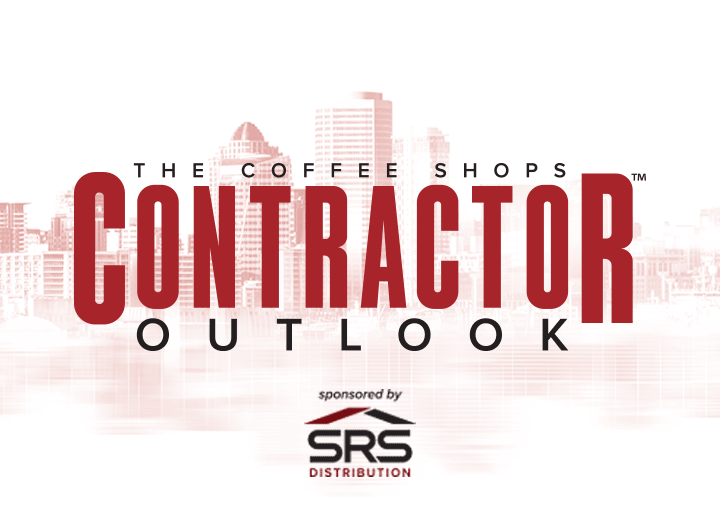
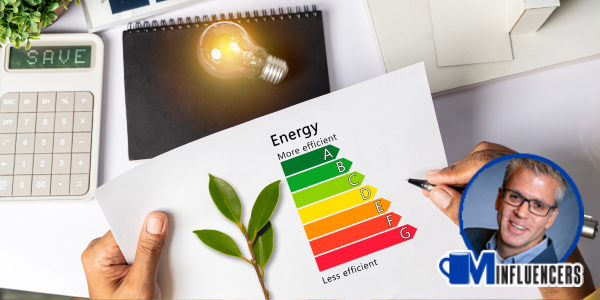
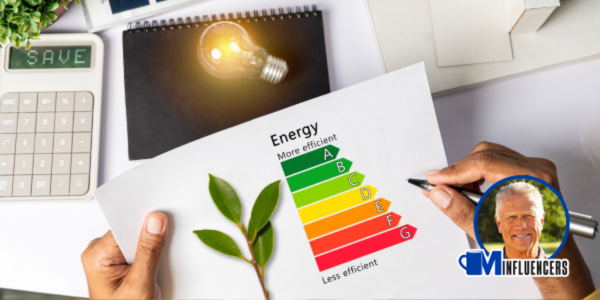
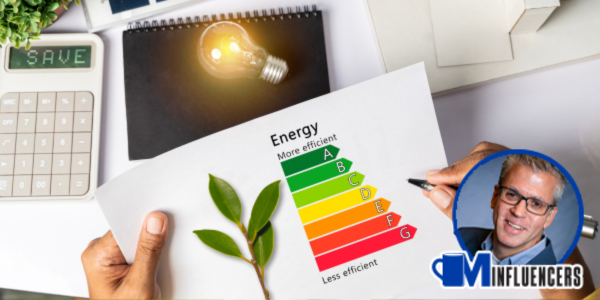


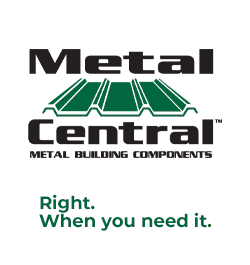

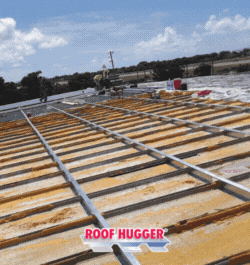
Comments
Leave a Reply
Have an account? Login to leave a comment!
Sign In